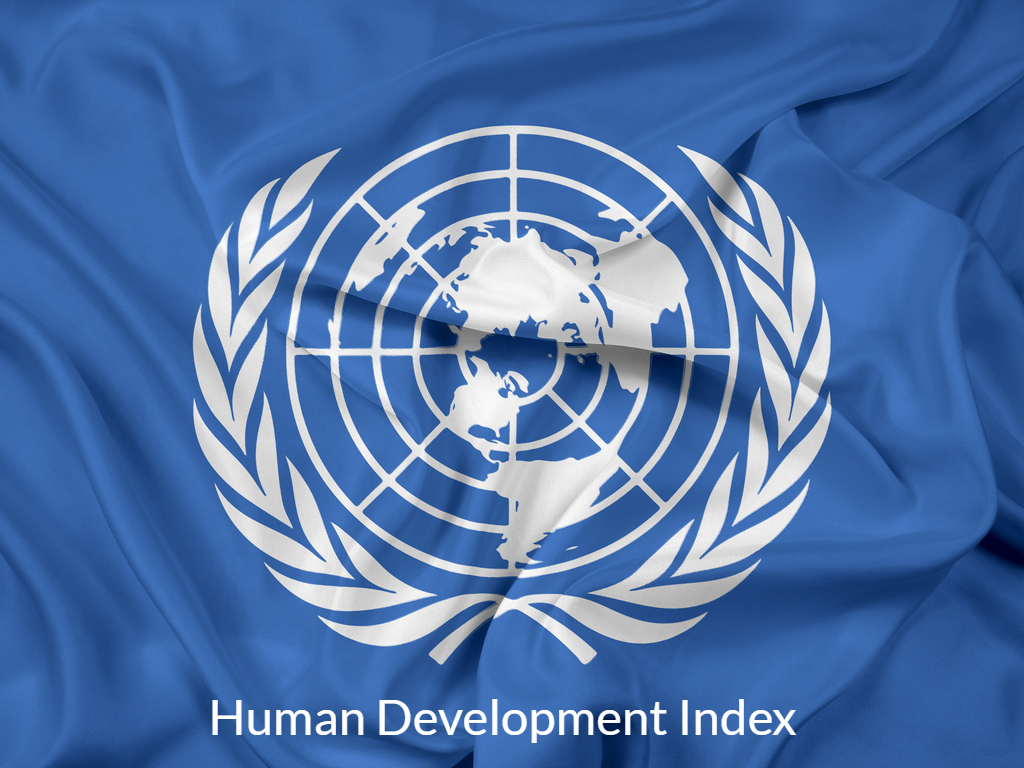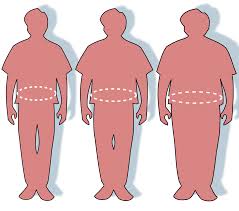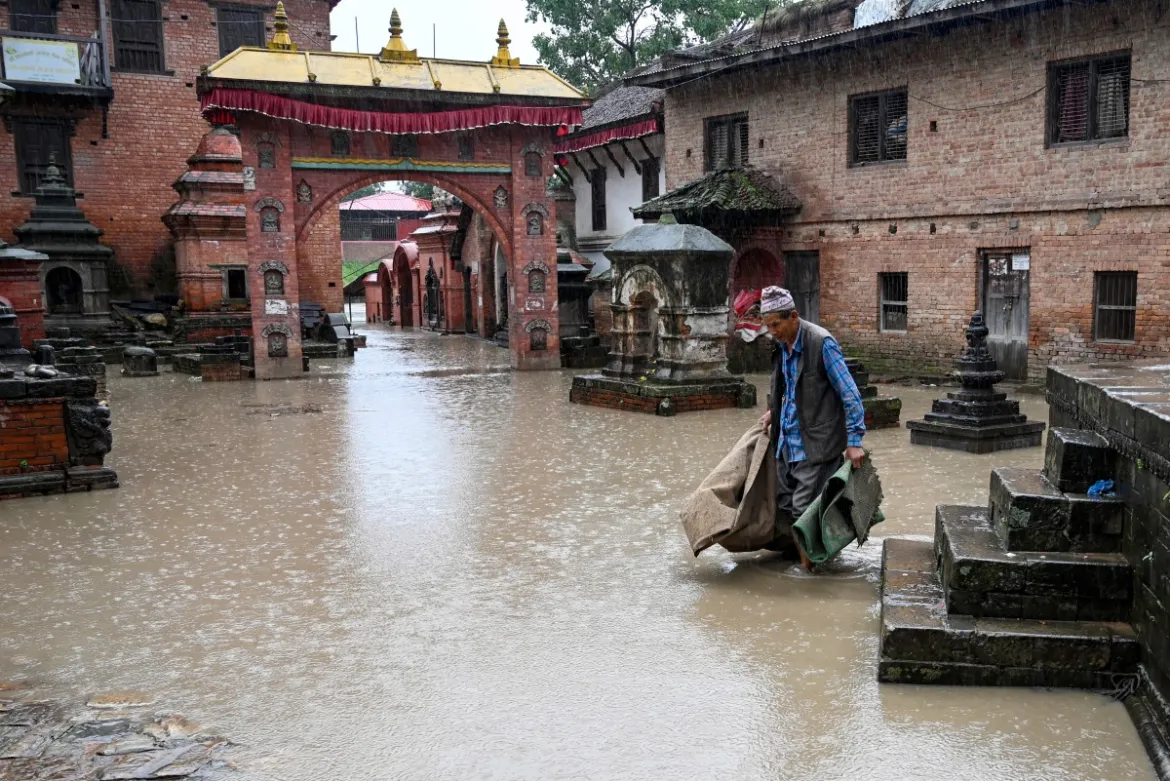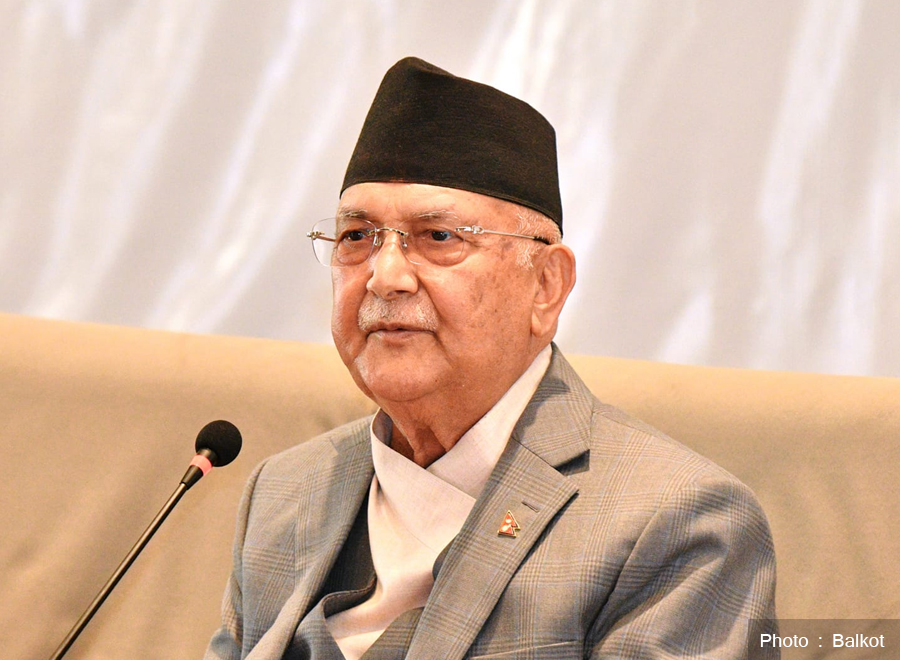Nepal slightly improves in HDI ranking: UNDP report

KATHMANDU, RSS
Nepal has improved its ranking from 144th to 143th position, although the Human Development Index (HDI) value has marginally declined from 0.604 to 0.602 due to continued turbulence caused by the COVID-19 pandemic, the United Nations Development Programme (UNDP) said in a report.
From the lens of gender, Nepal stands at 113th position in global Gender Inequality Index. As per the report, the South Asian Countries in HDI Ranking is: Afghanistan -180; Bangladesh-129; Bhutan -127; India-132; Maldives – 90; Nepal -143; Pakistan-161 and Sri Lanka -73.
Released after a two-year gap on September 12, the 2022 Report puts the country in the Medium human development category.
The HDI is a summary measure for assessing long- term progress in three basic dimensions of human development: a long and healthy life, access to knowledge and a decent standard of living.
Between 1990 and 2021, Nepal’s HDI value changed from 0.399 to 0.602, a change of 50.9 percent. Between 1990 and 2021, Nepal’s life expectancy at birth changed by 13.6 years, mean years of schooling changed by 2.8 years and expected years of schooling changed by 5.4 years. Nepal’s GNI per capita changed by about 146.0 percent between 1990 and 2021, the UNDP said.
The analysis shows Nepal’s continues to incur substantive loss in human development due to persisting inequalities.
Nepal continued to a loss of over 25% in human development due to inequalities across gender, caste, geographic regions and other categories. As the inequality in a country increases, the loss in human development also increases. The 2021 female HDI value for Nepal is 0.584 in contrast with 0.621 for males, resulting in a GDI value of 0.942, placing it into Group 3 which comprises countries with medium equality in HDI achievements between women and men.
Records show during 2019 and 2020, Nepal’s performance was comparatively low in the areas, including maternal mortality, shares of parliamentary seats held by women, and women’s participation in the labour force.
The Gender Inequality Index measures gender inequalities (the loss in human development due to inequality between female and male achievements) in three key dimensions – reproductive health, empowerment, and labour market. Reproductive health is measured by maternal mortality ratio and adolescent birth rates; empowerment is measured by the shares of parliamentary seats held and population with at least some secondary education by each gender; and labour market participation is measured by the labour force participation rates for women and men.
“The new Human Development Report indicates Nepal has largely maintained stable position over the past two years despite numerous shocks, including COVID-19 pandemic and natural disasters. This is because of the long investments over the years. Going forward, we need everyone’s wisdom, experience and more importantly the positive attitude to cope with crisis and making more choices available to the people,” said Ayshanie Medagangoda-Labe, UNDP’s Resident Representative in Nepal.
The report was presented by Dr. Swarnim Wagle, Chief Economic Advisor, UNDP Asia and the Pacific.


















Facebook Comments